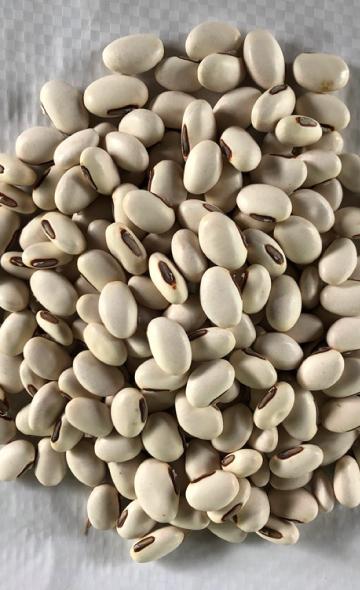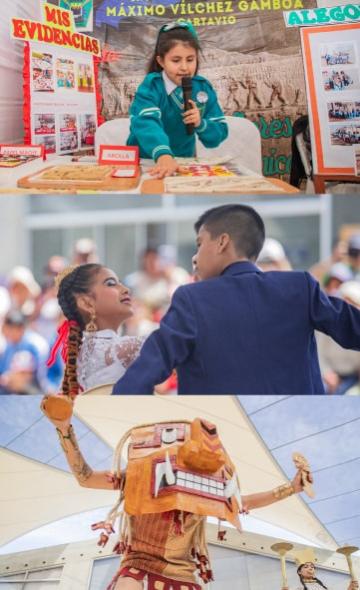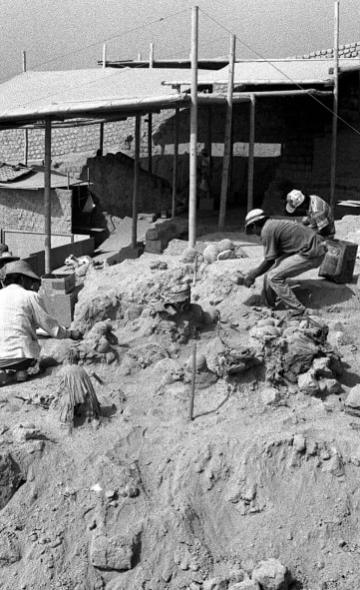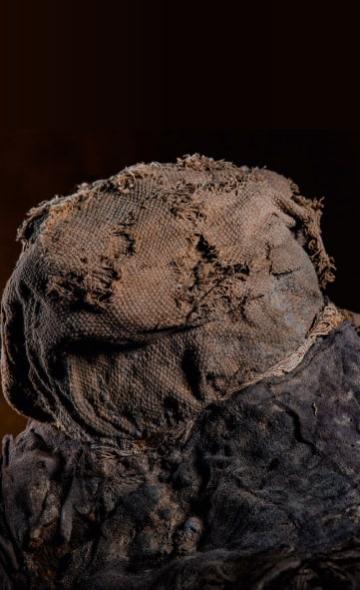- Visitors
- Researchers
- Students
- Community
- Information for the tourist
- Hours and fees
- How to get?
- Virtual tours
- Classic route
- Mystical route
- Specialized route
- Site museum
- Know the town
- Cultural Spaces
- Cao Museum
- Huaca Cao Viejo
- Huaca Prieta
- Huaca Cortada
- Ceremonial Well
- Walls
- Play at home
- Puzzle
- Trivia
- Memorize
- Crosswords
- Alphabet soup
- Crafts
- Pac-Man Moche
- Workshops and Inventory
- Micro-workshops
- Collections inventory
- News
- Students
- Andean Food Series: The Jack Bean
News
CategoriesSelect the category you want to see:

International academic cooperation between the Wiese Foundation and Universidad Federal de Mato Grosso do Sul ...

Clothing at El Brujo: footwear ...
To receive new news.
Por: Augusto Bazán Pérez
(Canavalia plagiosperma, Canavalia ensiformis, Canavalia rosea, or Canavalia maritima)
By Augusto Bazán Pérez
In this kingdom of Peru there is a certain tree, whose fruits are some beans like green beans, a little bigger… it is more beautiful when it is flowering…it produces some beans of a third of a length, a little more than a finger in width, and almost as thick as they are wide; the shell is green, hard, and leathery, and inside they have some seeds that are slightly larger than green bean seeds….which are eaten roasted, but it is a crude fruit and has a terrible flavor. (Cobo 1891:48)
Introduction
This legume, also known as the jack bean or beach bean, is native to tropical America and is cultivated on the coast, in the mountains, and in the jungle of Peru. It is grown from sea level up to 1,800 meters above sea level, since it needs moderately high temperatures, and although it is drought-resistant, it needs constant humidity in the subsoil; in general, it is a very hardy plant. The genus Canavalia contains more than 40 species, and in Peru, the consumption of plagiosperma, ensiformis, and/or rosea or maritima has been reported.

Origins in Peru
In spite of the limited representation of jack beans in the archaeological record, Canavalia plagiosperma, along with its domestication in the Andes around 4,000 BCE (Pickersgill 2007:927), stands out.
The oldest evidence of the jack been in Peru comes from La Galgada (Tablachaca Gorge in Ancash), Ancón (Lima), Huaca Prieta (mouth of the Chicama River), and Gavilanes (Huarmey Valley) at the start of the third millennium before the present (León 2013). In the Paredones sector of the El Brujo Archaeological Complex, it is found to have been consumed around 4,107 to 3,455 years ago, during the transition from the pre-Ceramic to the Ceramic Period in ancient Peru, during what Dillehay calls Phase V of Huaca Prieta (Bonavia et al. 2017; Dillehay and Bonavia 2017).Later on, its consumption has been clearly documented in coastal occupations, above all on the North Coast (Salinar, Moche, Lambayeque, and Chimú), and even on the South Coast (Paracas, Nazca, and Wari).
Bernabé Cobo, the Spanish naturalist who wrote History of the New World in the mid-17th Century (1653), referred to the jack bean in this way:
“In this kingdom of Peru there is a certain tree, whose fruits are some beans like green beans, a little bigger; the tree is small, barely two spans tall, and it is not very beautiful, as its branches grow sparce and uneven, so they don’t form a canopy. It is more beautiful when it is flowering; its flowers grown in clusters or bundles, half a palm in length, that thin gradually toward the tip in a pyramidal shape. These flowers have a very fine coloring, but no smell. In summer, this tree loses its leaves, and at the start of winter it regains them. Its leaves grow three by three, and are like the leaves of the Nogal, somewhat wider, pointed, smooth, firm, and of a pleasant green. This tree has all of its branches and shoots covered in spines like those of the rose or blackberry; it produces some beans of a third of a length, a little more than a finger in width, and almost as thick as they are wide; the shell is green, hard, and leathery, and inside they have some seeds that are slightly larger than green bean seeds….which are eaten roasted, but it is a crude fruit and has a terrible flavor.” (Cobo 1891:48)
Bishop Martínez de Compañón (Martínez Compañón 1998) drew the popular plant of the time in this way:
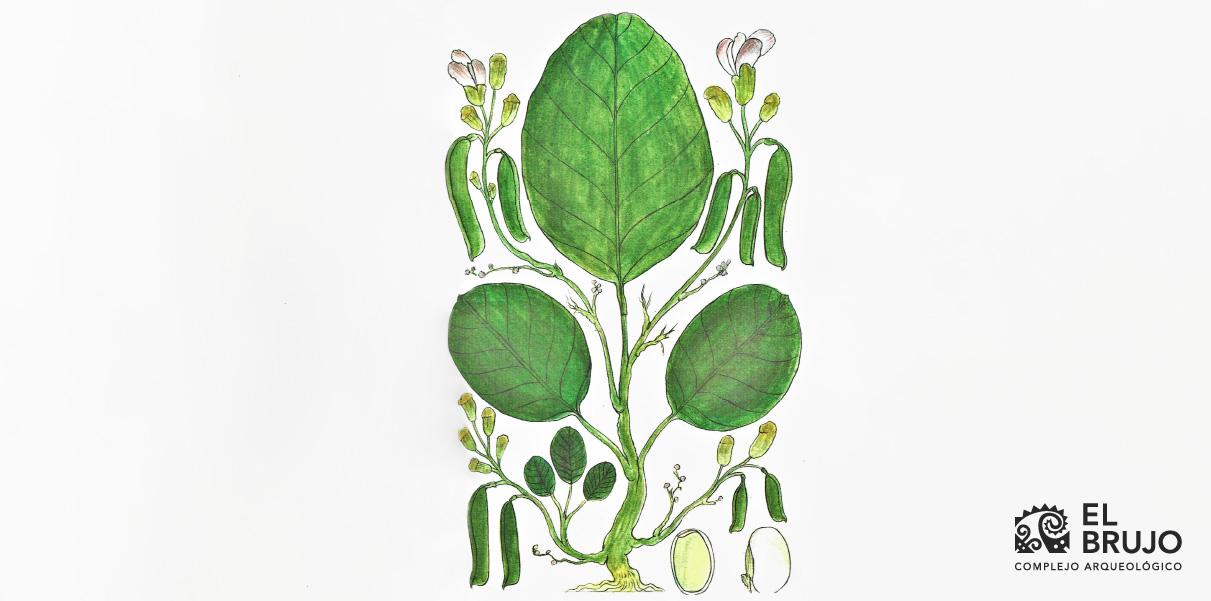 Figure 1. Drawing of the jack bean from the late 18th Century.
Figure 1. Drawing of the jack bean from the late 18th Century.
What It Is Like
It is a semi-erect annual shrub that grows to a heigh of 1.2 m. It can be a climber if it has something close by to support itself on. It has a short and thick stalk with many branches. Its leaves are alternate with long petioles, and they are trifoliate with complete oval-shaped or elliptical leaves. The flowers are a purplish red color with a white interior.
Its beans are hard, sword-shaped, and hanging, measuring 22 to 35 cm in length and 3.5 cm in width. They contain 10 to 20 seeds of a white or pale brown color. The seeds are large, measuring up to 2 cm, for which this fruit is known as the “frejolón” (“big bean”).
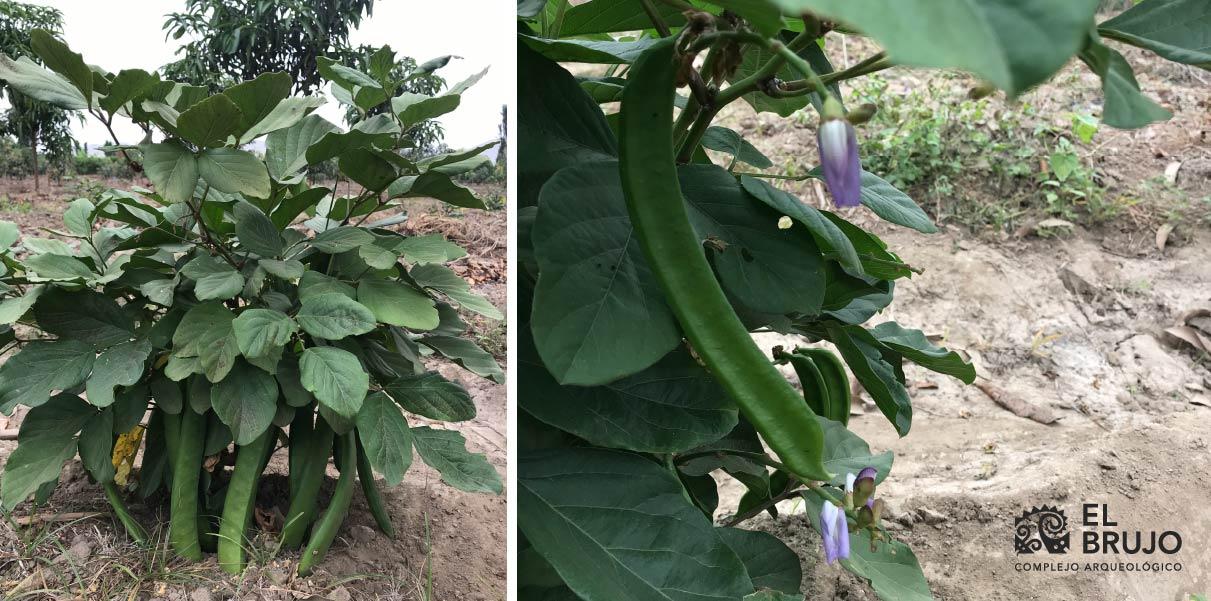 Figures 2 and 3. The jack bean flower and bean. Photographs taken by the author.
Figures 2 and 3. The jack bean flower and bean. Photographs taken by the author.
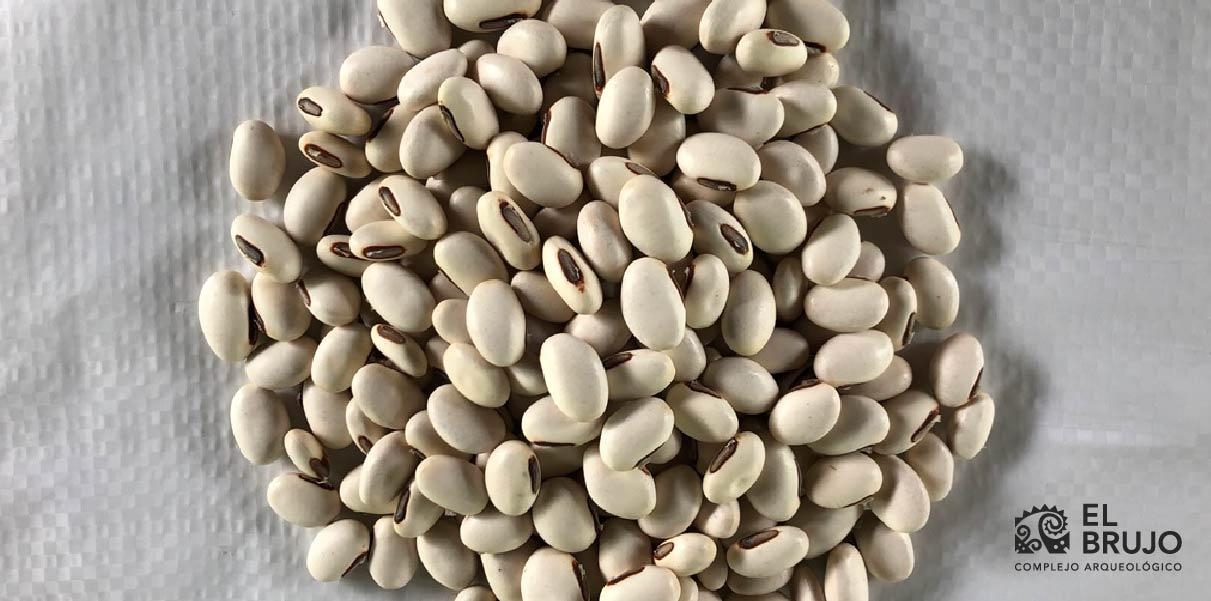
Figure 4. The edible seed from within the bean pod; the jack bean, or frejolón. Taken from industriaagroecologica.pe.
Uses and Benefits
The dried mature seeds of Canavalia can be used for human nutrition, although they need to be boiled for many hours to be softened. Nevertheless, the green beans, until a certain point in their growth, are slightly toxic, and can cause food poisoning. The jack bean serves as a green manure because it fertilizes the soil, adding nitrogen to the earth. It is also an excellent fodder for animals. The toasted seeds are a good substitute for coffee.
Scientific studies show that, in a dried state, the jack bean provides a greater amount of proteins, carbohydrates, and fats in comparison with other beans. This would have been a great benefit in pre-Hispanic times, given the absence or limited presence of meat from mammals (León 2013).
Epilogue
Canavalia is a plant that has been cultivated since pre-Hispanic times. Currently, it is little-consumed in Peru, so it is difficult to obtain. Since it is a very hardy plant, with a high capacity for adaptation and endurance, this species could be revitalized and converted into an alternative source of nutrition, since it grows in more adverse conditions than other legumes. Consuming it and restoring its value is therefore a good solution when facing food crises.
Students , outstanding news


